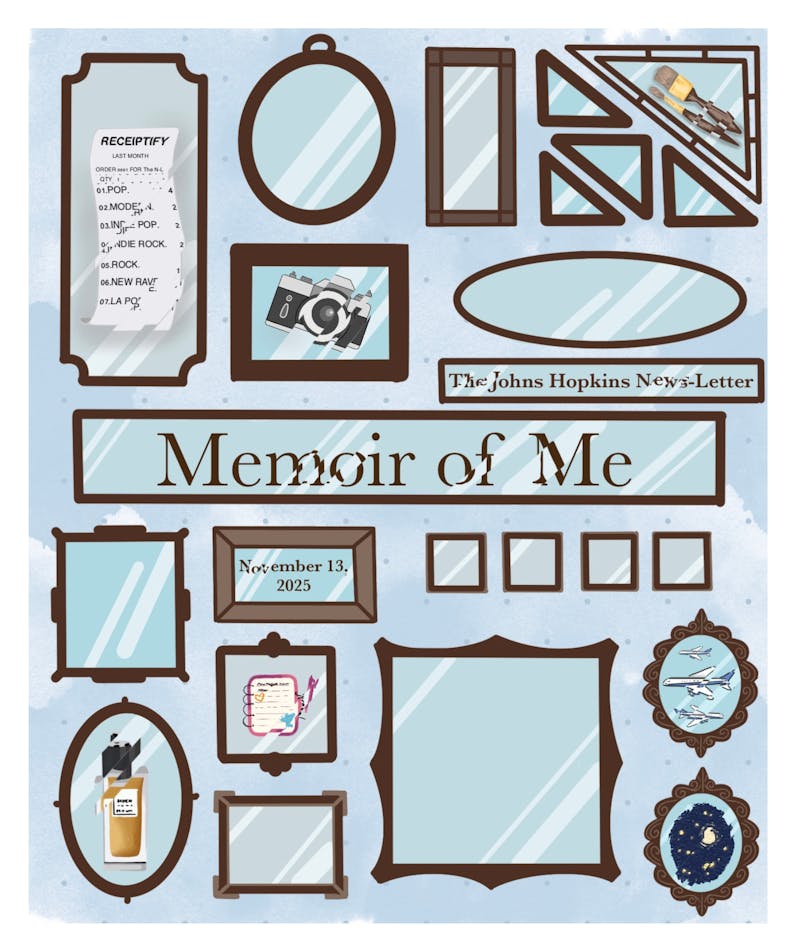For all of my life, I have been a graphic artist. My brother and I created elaborate stories and adventures that we would spend hours drafting into character sketches and storyboards. As we've both grown older, we have continued to develop our stories and ideas, creating more and more backstory and history. From there, I moved on to painting, piano, composition and writing. The pursuit of these ideas formed the foundation of my artistic desires and led to my association of certain colors, chords or stylistic features with an idea's character.
Today, I am a composer at the Peabody Conservatory, chasing after a sound world that turns me on and that moves me to better myself. It has taken years for me to isolate this perspective and to become secure in my pursuits for what they are.
I really see music as color, paint, pigment, clay --- as a means to create an image of something no human hand can draw.
Imagine a woman sitting in her room, holding a letter informing her that her child has been killed in service to the country. A graphic artist and a composer are asked to create a portrait of her.
An artist may set forth to draw the expression of this woman. The use of lines and shade, color, form, space and symmetry affect our minds' perception of what she feels. Her image becomes engraved in our heads and our mind's eye fills in the feelings that she must have felt upon the painting of the portrait. The composer is able to draw a picture of her grief to create image of `loss' in a tangible, auditory form.
Unlike the case of the graphic art, our mind's eye will not fill in the feelings, for those are in the images provided. Instead, the eye fills in the lines and shade, color, form, space and symmetry that create the image of the woman.
My choice to pursue music was not clear to me at first, but I have come to believe that music is the auditory ability to paint a human emotion concretely. Though with other arts, emotion is the aftereffect of the primary subject matter and what gives depth to the subject matter, I feel that music is the true ability to realistically create an image of happiness, sorrow, anguish, joy or desire.
Music is the pursuit of color, the pursuit of landscaping and pigment in such a way that the listener is transported to a world where there are brilliant colors, hues and intentions, but all painted in such ways that we are delightfully blind to them, but nonetheless affected. Our ears are given the extraordinary ability to become our eyes and to see what it is that the eye is incapable of registering.
I'd advise you, the reader, to look up some of the work of Gertrude Stein, who uses an amalgam of words that are nonsensically arranged to create this very poignant color in the eye of the reader. Her choice of wording and experimentation capture in literature the same qualities that my musical compositions endeavor to find. The perception of the human race is delightfully fragile and usually oblivious to the undercurrent of possibilities that the limitations of our senses allow us to partake in.
My decision to study music instead of visual art has ultimately led me to an important conclusion: I am able to conjure a pigment, a hue that is beyond any limitations of `red,' `green' or `blue' -- a color all its own that is nameless and impossible to categorize in any way -- and that would be agreed upon by each listener.
I know that the emotional effect of my music is a commonality among all people, and that this allows for the listener to feel a sense of community, no matter the color that they may individually perceive, or that I myself perceived in writing it.
Music is the ultimate paint, and sound the ultimate pigment. It is the way for my artistic love of color, pigment and expression to be freed from tangible, physical limitations and set free by the complete blindness of the ear. By forcing the ear to listen as well as communicate images to the brain, I am able to paint with pigment and hues that are otherwise not physically accessible.
--Matthew J. Viator is a senior composition major at the Peabody Conservatory.


